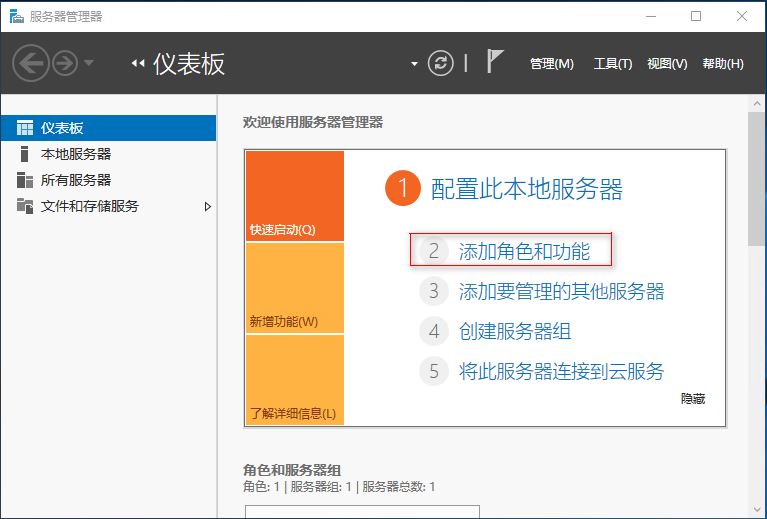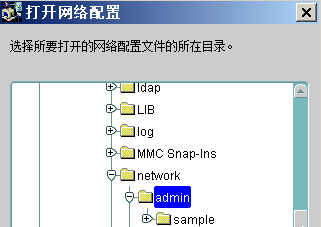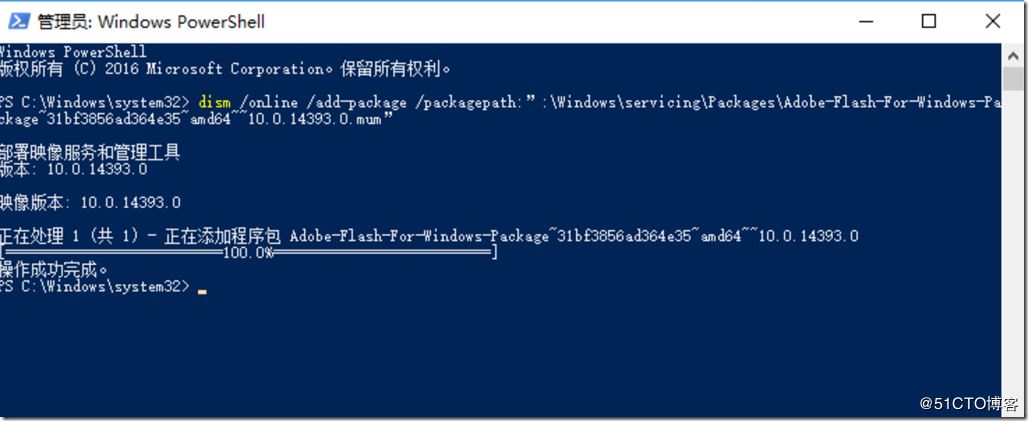Nginx配置虚拟主机支持3种方式:基于IP的虚拟主机配置,基于端口的虚拟主机配置,基于域名的虚拟主机配置。本文主要介绍了基于域名的实现,感兴趣的小伙伴们可以参考一下
。
3、Nginx基于域名的虚拟主机配置
使用基于域名的虚拟主机配置是比较流行的方式,可以在同一个IP上配置多个域名并且都通过80端口访问。
3.1 假设服务器有个IP地址为192.168.2.155
[root@localhost ~]# ifconfig ens33:5 192.168.2.155/24 up[root@localhost ~]# ifconfigens33:5: flags=4163<UP,BROADCAST,RUNNING,MULTICAST> mtu 1500inet 192.168.2.155 netmask 255.255.255.0 broadcast 192.168.2.255ether 00:0c:29:16:90:ae txqueuelen 1000 (Ethernet)
3.2 192.168.2.155对应的域名如下,配置主机的host文件便于测试
[root@localhost ~]# vim /etc/hosts[root@localhost ~]# cat /etc/hosts|grep 192.168.2.155192.168.2.155 www.oa.com192.168.2.155 www.bbs.com192.168.2.155 www.test.com
3.3 建立虚拟主机存放网页的根目录,并创建首页文件index.html
[root@localhost ~]# cd /data/www/[root@localhost www]# mkdir www.oa.com[root@localhost www]# mkdir www.bbs.com[root@localhost www]# mkdir www.test.com[root@localhost www]# echo www.oa.com > www.oa.com/index.html[root@localhost www]# echo www.bbs.com > www.bbs.com/index.html[root@localhost www]# echo www.test.com > www.test.com/index.html
3.4 修改nginx.conf,将虚拟主机配置文件包含进主文件
[root@localhost /]# cd /usr/local/nginx/conf/[root@localhost conf]# lsfastcgi.conf fastcgi_params koi-utf mime.types nginx.conf scgi_params uwsgi_params win-utffastcgi.conf.default fastcgi_params.default koi-win mime.types.default nginx.conf.default scgi_params.default uwsgi_params.default[root@localhost conf]# vim nginx.conf
在nginx.conf文件末尾加入以下配置
# 在http段中找到以下内容并删除每行前面的“#”log_format main'$remote_addr - $remote_user [$time_local] "$request" ''$status $body_bytes_sent "$http_referer" ''"$http_user_agent" "$http_x_forwarded_for"';# 配置文件结尾的最后一个“}”之前加入以下语句,如下所示include vhost/*.conf
3.5 编辑每个域名的配置文件(每个虚拟主机的配置文件)
[root@localhost conf]# cd vhost/[root@localhost vhost]# cat www.oa.com.confserver {listen 192.168.2.155:80;server_name www.oa.com;Access_log/data/logs/www.oa.com.log main;error_log/data/logs/www.oa.com.error.log;location / {root/data/www/www.oa.com;index index.html index.htm;}}[root@localhost vhost]# cat www.bbs.com.confserver {listen 192.168.2.155:80;server_name www.bbs.com;access_log/data/logs/www.bbs.com.log main;error_log/data/logs/www.bbs.com.error.log;location / {root/data/www/www.bbs.com;index index.html index.htm;}}[root@localhost vhost]# cat www.test.com.confserver {listen 192.168.2.155:80;server_name www.test.com;access_log/data/logs/www.test.com.log main;error_log/data/logs/www.test.com.error.log;location / {root/data/www/www.test.com;index index.html index.htm;}}[root@localhost vhost]# cat /data/www/www.oa.com/index.htmlwww.oa.com[root@localhost vhost]# cat /data/www/www.bbs.com/index.htmlwww.bbs.com[root@localhost vhost]# cat /data/www/www.test.com/index.htmlwww.test.com
3.6 创建日志文件,否则无法启动nginx
[root@localhost /]# mkdir -p /data/logs[root@localhost /]# touch /data/logs/www.oa.com.log[root@localhost /]# touch /data/logs/www.oa.com.error.log[root@localhost /]# touch /data/logs/www.bbs.com.log[root@localhost /]# touch /data/logs/www.bbs.com.error.log[root@localhost /]# touch /data/logs/www.test.com.log[root@localhost /]# touch /data/logs/www.test.com.error.log[root@localhost /]# ls /data/logs/www.oa.com.error.log www.bbs.com.error.log www.test.com.error.logwww.oa.com.log www.bbs.com.log www.test.com.log
3.7 先测试配置文件然后再启动nginx
[root@localhost /]# cd /usr/local/nginx/sbin/[root@localhost sbin]# ./nginx -tnginx: the configurationfile/usr/local/nginx/conf/nginx.conf syntax is oknginx: configurationfile/usr/local/nginx/conf/nginx.conftestis successful# 启动nginx[root@localhost sbin]# ./nginx
3.8 测试文件
[root@localhost vhost]# curl http://www.oa.comwww.oa.com[root@localhost vhost]# curl http://www.bbs.comwww.bbs.com[root@localhost vhost]# curl http://www.test.comwww.test.com
附:配置过程中的问题
1、最后测试时发生的问题
[root@localhost ~]# curl http://www.oa.comcurl: (7) Failed connect to www.oa.com:80; 拒绝连接
解决方法:
查看Nginx是否在监听相应的端口。
[root@localhost ~]# netstat -lntActive Internet connections (only servers)Proto Recv-Q Send-Q Local Address Foreign Address Statetcp 0 0 0.0.0.0:111 0.0.0.0:* LISTENtcp 0 0 192.168.2.155:80 0.0.0.0:* LISTENtcp 0 0 0.0.0.0:8080 0.0.0.0:* LISTENtcp 0 0 0.0.0.0:22 0.0.0.0:* LISTENtcp 0 0 127.0.0.1:25 0.0.0.0:* LISTENtcp6 0 0 :::111 :::* LISTENtcp6 0 0 :::22 :::* LISTENtcp6 0 0 :::23 :::* LISTENtcp6 0 0 ::1:25 :::* LISTEN
1、配置虚拟主机文件时要加上监听的IP地址,每个虚拟主机配置文件都一样。
listen 192.168.2.155:80;
2、配置完成后要重启服务器
以上就是本文的全部内容,希望对大家的学习有所帮助,也希望大家多多支持脚本之家。
分享到:
投诉收藏













